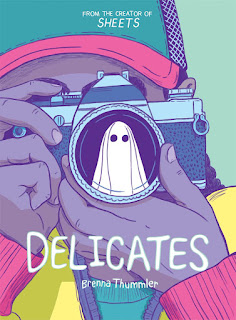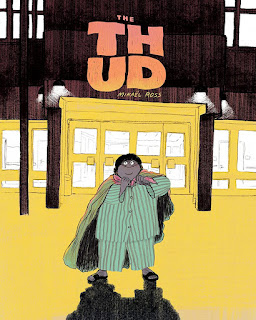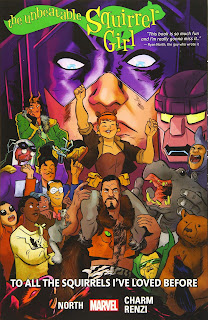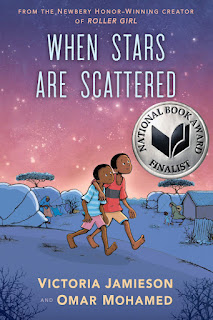Adventuregame Comics, Vol. 1: Leviathan by Jason Shiga
Just over a decade ago, Jason Shiga made a big, complex story engine in book format, called Meanwhile… , telling a choose-your-own-adventure-style story with clusters of comics panels connected by “pipes” and numbers, driven by the reader’s choices. It was twisty, it was complex, it was inventive, it was brilliant, it was a hell of a lot of fun. It rewarded an obsessive re-reading, to get to every page, every path, and was equally amusing and thought-provoking.
As far as I can tell, there’s been nothing else like it since – not from Shiga, not from anyone else. But this fall, what looks to be the first in a series with somewhat smaller (presumably easier-to-achieve) goals appeared, to show that Shiga is back with his pipes and story choices.
That’s Adventuregame Comics, Vol. 1: Leviathan . This one is a small-format book, which cuts down the amount of real estate devoted to the story, and it’s a more straightforward D&Dish adventure: “you” are an adventurer in a tavern in a fantasy land, and “you” get hired by an old sea captain to retrieve a fabled artifact that is at the center of your land, Cloud Harbor.
The story is much simpler than Meanwhile: there’s a “good” ending and a “bad” ending, but all of the other mishaps that could potentially lead to other bad endings tend to dump “you” on an island for exiles and miscreants, and, if you paid attention, you know how to get back from that island to the mainland.
In terms of story structure, if the average choose-your-adventure book is a branching bush – a few choices lead to a lot of different, mostly unpleasant endings – then Leviathan is a latticework, with multiple paths through and around it but almost always another connection that loops back to places you’ve been before.
So, while reading this book, you may find certain sequences of pages come up multiple times, especially navigating around this small world. In that way, it’s a lot like an computer adventure game: even the way Shiga draws the world-view pages echoes classic games like Zelda and early Pokemon titles. The cover reading line does say “Part comic! Part maze! Part game!” and that is roughly true, though the maze elements are pretty simple.
Shiga has always been a rationalist, both at the base level of his stories and in how he works out permutations of his premises. I don’t want to give away the details of Leviathan, but that’s still the case here, even if a fantasy world seems to be an odd choice for such a science-focused creator.
In the end, this is fun and entertaining, with a lot of small details that are important when looping back around and a mostly-serious tone. It’s not as ambitious as Meanwhile, and doesn’t hit the heights of that previous book, but it’s a good, inventive story-machine mostly for younger readers. And the promise of more books like this is also intriguing: will they also be set in Cloud Harbor, or somewhere nearby, or will they be entirely separate stories? With Shiga, I would always bet on the side of complexity and connection, but we’ll have to see.
Reposted from The Antick Musings of G.B.H. Hornswoggler, Gent.


























































